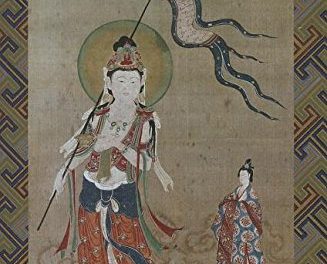Author: Mikiso Hane and Louis G. Perez
Publisher: Westview Press, A Member of the Perseus Book Group – 578 pages
Book Review by: Sonu Chandiram
This book on the modern history of Japan is described by the coauthor Louis G. Perez as a ‘timeless classic.’ Much of the credit for this work, considered by historians as one of the best on Japanese history, goes to the late Mikiso Hane, who was a professor of history at Knox College. The two had worked together on previous editions.
This improved and expanded fourth edition published in 2009 contains many of the changes that historians had suggested to Karl Yambert, the editor at Wiley who took the initiative of coming up with this updated version of the original work by Hane and Perez.
The book also includes suggestions for improvements by students of Perez at Illinois State University. Some of the improvements in this edition are: removal of notes from the main narrative and transfer to the Appendix, which makes for easier reading and flow of thought; and a larger bibliography – 50 pages or about twice the size of Hane’s original work – for the benefit of those who want to learn more about Japan.
Besides a useful 20-page index for those who want to do a quick search and reading on some topics, there are in this edition: a nearly 200-year span chronological chart of events in Japan from 1825 to 2008; a list of prime ministers; and a valuable Internet section containing addresses of websites on Japan’s history to aid students to get updated information.
Perez has made this book required reading for his classes on modern Japanese history because he writes that this is ‘simply the best book available’ on this subject. The detailed and comprehensive coverage of the last two centuries of Japanese history as well as its easy reading style make this a very informative and useful book.
Spread over nearly 600 pages, the book starts the first of its 18 chapters with a description of some of the original inhabitants of the Japanese islands, among them the Ainu people of proto-Caucasian origin who live in Hokkaido today. Evidence has been found that about 200,000 years ago, Paleolithic humans used on live on the islands, who presumably came from mainland Asia. Only about 50,000 Ainu people remain today and not much is known about their relationship with the Neolithic people who came later.
It continues with brief descriptions of the eras within the Neolithic age starting with Jomon period in 8000 BC, the Yayoi period from 250 BC to 250 AD, and the subsequent ones, such as the Yamato, Nara, Heian, Kamakura, and Muromachi periods, starting from 300 AD and stretching all the way to 1590 AD.
The book follows with three chapters (2, 3, and 4) on the more than two and a half centuries-long Tokugawa Shogunate (1600-1867) then five chapters on the Meiji Era (1868-1912), the brief Taisho period (1912-26), the Showa period (1926-89) and the current Heisei era which began in 1989.
Chapters 10 and 11 are on the ascendancy of parliamentary democracy in Japan which began after the end of the Meiji era; chapters 12, 13 and 14 on the rise of Japan as a military power and its entrance into the First World in 1912; chapters 15 and 16 on post-World War II period with the reconstruction and modernization that followed, and Japan’s emergence as an economic powerhouse. The last two chapters of this book – 17 and 18 – deal with the social, educational and cultural aspects of Japanese society.
All in all, this is an excellent book on modern Japanese history and life. It is useful also from the point of the resources it provides in the Appendix for further study such its extensive bibliography, chronology of events, links to Internet sites and index for quick search and reference.






